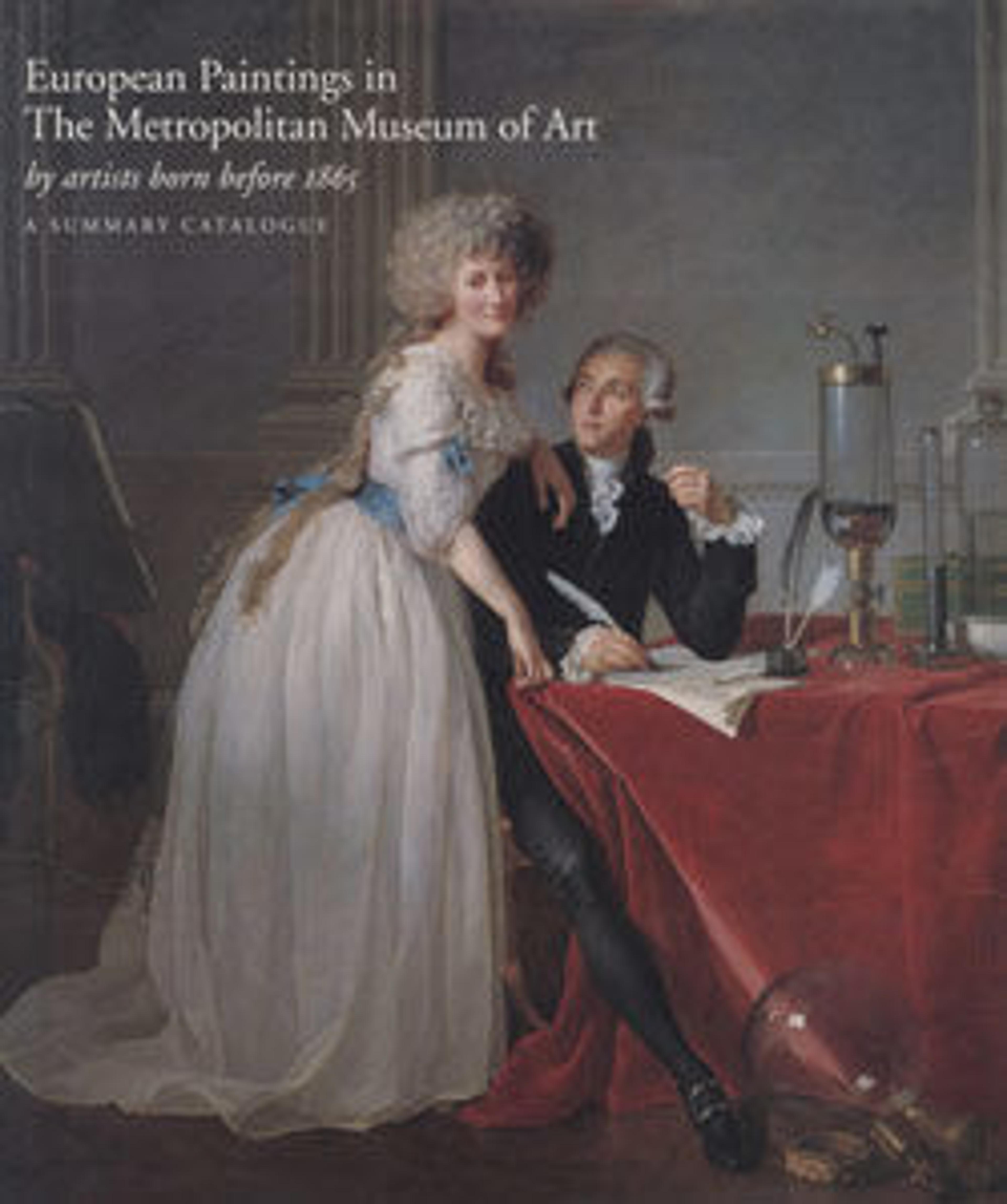Madonna and Child Enthroned with Saint John the Baptist and Another Saint
Despite its generally poor condition, this is a work of considerable interest. The poses of the Virgin and Child are especially inventive. The picture was at one time attributed to Pesellino, but it has also been thought a Sienese work close to Domenico di Bartolo. It is probably Florentine and dates around 1440. The frame, though original, has been regilt.
Artwork Details
- Title: Madonna and Child Enthroned with Saint John the Baptist and Another Saint
- Artist: Italian (Florentine) Painter (second quarter 15th century)
- Medium: Tempera and gold on wood
- Dimensions: Overall, with engaged frame, 29 3/4 x 17 1/8 in. (75.6 x 43.5 cm); painted surface 17 1/8 x 14 1/4 in. (43.5 x 36.2 cm)
- Classification: Paintings
- Credit Line: Gift of Georges Brauer, 1906
- Object Number: 06.1048
- Curatorial Department: European Paintings
More Artwork
Research Resources
The Met provides unparalleled resources for research and welcomes an international community of students and scholars. The Met's Open Access API is where creators and researchers can connect to the The Met collection. Open Access data and public domain images are available for unrestricted commercial and noncommercial use without permission or fee.
To request images under copyright and other restrictions, please use this Image Request form.
Feedback
We continue to research and examine historical and cultural context for objects in The Met collection. If you have comments or questions about this object record, please contact us using the form below. The Museum looks forward to receiving your comments.
